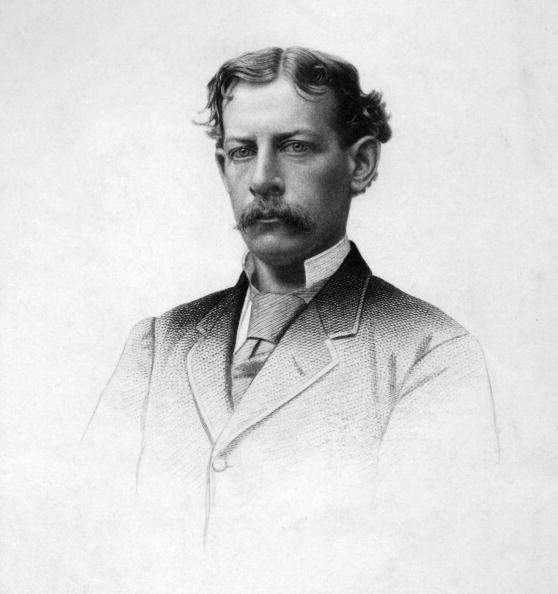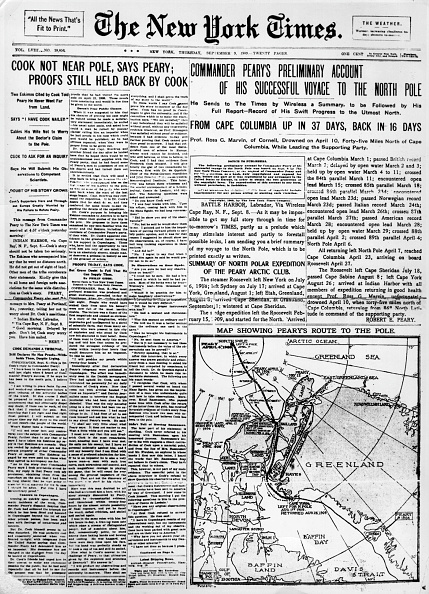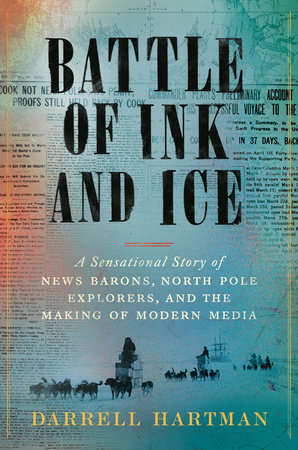


Before reality television, people satisfied the urge to see new places and do new things by reading about the exploits of risk takers, including explorers. Before the internet or radio, in the late 19th and early 20th centuries, the way to do that was through the newspaper. Back then, the modern mass-market daily newspaper was still new.
In “Battle of Ink and Ice: A Sensational Story of New Barons, North Pole Explorers, and the Making of Modern Media,” Darrell Hartman threads together two themes: the rivalry between New York City’s major newspapers and polar exploration.
The first thread tells of the 19th century emergence of the modern newspaper, in New York City. In 1835, James Gordon Bennett, Sr. founded the New York Herald, the first paper which focused on news independent of political parties, the New York elite, or advertisers. It made Bennett one of the richest men of the day, and simultaneously made him of the most hated (except for his readers) man in New York. Early parts of the book detail these New York newspaper battles.
In 1868 his son, James Gordon Bennett, Jr. took the reins at the Herald. He doubled down on news coverage, setting up foreign bureaus and using the then-new transatlantic cable to bring European news to New York overnight.
He also began using the newspaper to create news, hiring Henry Morton Stanley to track down explorer David Livingstone in Africa. This ignited a trend among newspapers of funding exploration expeditions.
Polar exploration forms its second thread. By the 1890s, only the arctic remained unexplored. Frederick Cook and Robert Peary were chief among the Arctic explorers. They became bitter rivals, with both claiming to have been first to reach the North Pole. Both proved deceptive. The fame and fortune associated with exploration led both to report altered claims and observations. Neither reached the pole. A publicity brawl broke out, with partisans of the populist-preferred Cook and the patrician-favored Peary battling over claims.
Among the completing newspapers were the Herald, a Cook adherent, and the New York Times, recently purchased by Adolph Ochs, who supported Peary. The Herald and Times were fighting for New York’s “quality” readership. The question of who was first to the pole became a surrogate for the issue of newspaper credibility.
“Battle of Ink and Ice” is a delightful book, and a story of publishing and scientific rivalry. Hartman’s book is entertaining and informative.
‘Battle of Ink and Ice: A Sensational Story of New Barons, North Pole Explorers, and the Making of Modern Media’
By Darrell Hartman
Viking, June 6, 2023
Hardcover: 400 pages


